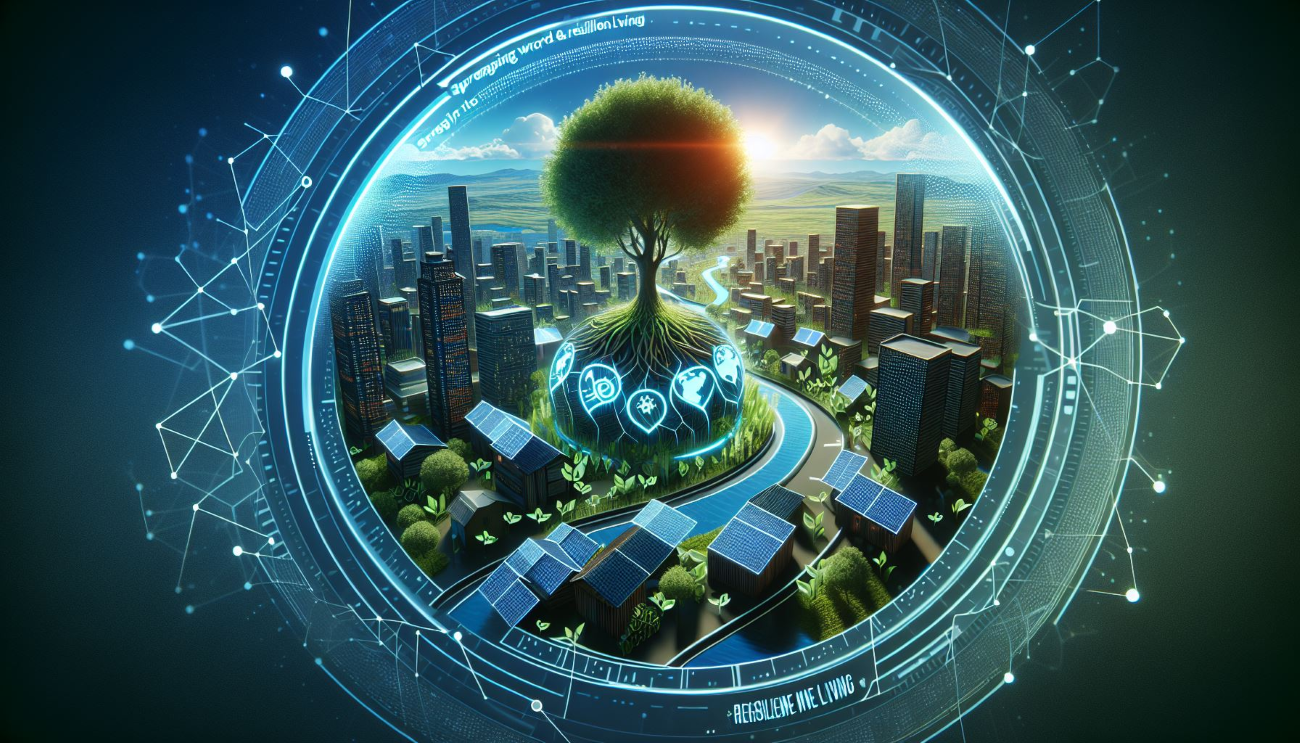Introduction
Infrastructure systems are the backbone of modern society, enabling everything from transportation and communication to energy distribution and waste management. However, these systems are not standalone entities but complex, interdependent networks. This article explores the complexity of infrastructure systems, their interdependencies, and the implications of these characteristics.
Complexity of Infrastructure Systems
Infrastructure systems are inherently complex, comprising numerous components that interact in intricate ways. For instance, a city’s transportation system includes roads, bridges, traffic signals, vehicles, and pedestrians, all interacting in a dynamic, ever-changing environment. This complexity is further amplified by factors like varying demand patterns, technological advancements, and evolving regulatory landscapes.
Interdependencies within Infrastructure Systems
The complexity of infrastructure systems is closely tied to their interdependencies. Interdependencies exist when the performance of one component or system depends on the performance of other components or systems. For example, the power grid depends on the telecommunications network for monitoring and control, while the telecommunications network relies on the power grid for electricity.
These interdependencies can be physical (e.g., power lines connecting substations), cyber (e.g., data sharing between systems), or geographical (e.g., proximity of infrastructure elements). They can also be logical, stemming from policy, legal, or regulatory connections.
Implications of Complexities and Interdependencies
The complexities and interdependencies within infrastructure systems have significant implications. On the one hand, they can enhance system resilience by providing multiple pathways for service delivery. On the other hand, they can propagate failures across systems, leading to cascading effects. For instance, a power outage can disrupt transportation systems, communication networks, and emergency services, impacting everything from daily life to public safety.
Moreover, these complexities and interdependencies can complicate system management and planning. They require sophisticated models and tools for system analysis and decision-making. They also necessitate coordinated efforts across different sectors and disciplines, highlighting the need for integrated infrastructure management approaches.
Conclusion
Understanding the complexity and interdependencies of infrastructure systems is crucial for managing and improving these vital networks. While these characteristics present challenges, they also offer opportunities for innovation and optimization. As we continue to develop and rely on these complex systems, our ability to navigate their intricacies will shape our infrastructure’s resilience, efficiency, and sustainability.
We invite you to share your thoughts and experiences related to this topic. Your insights can enrich the discussion and contribute to the ongoing exploration of our complex, interconnected world.
